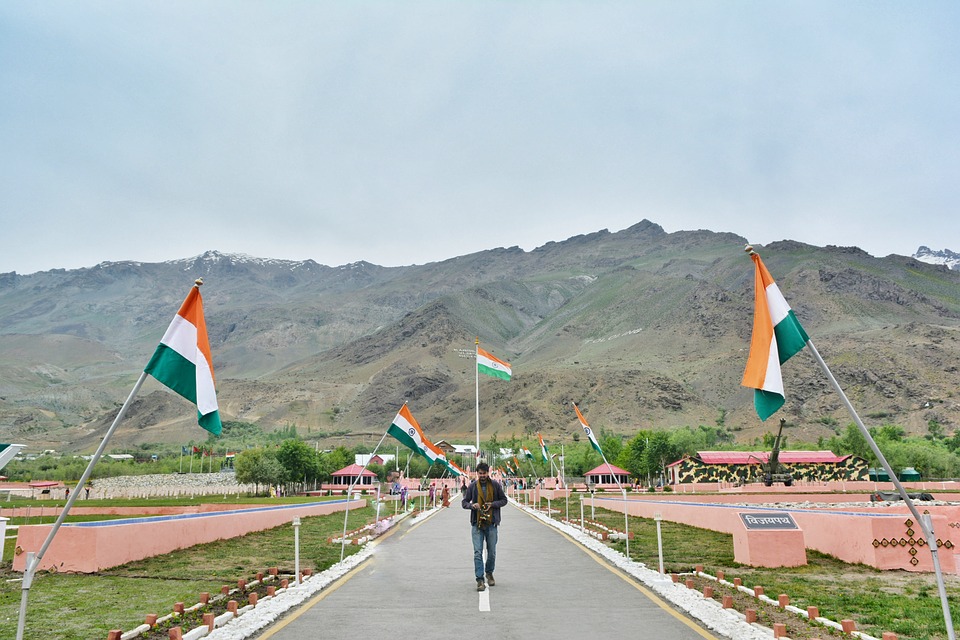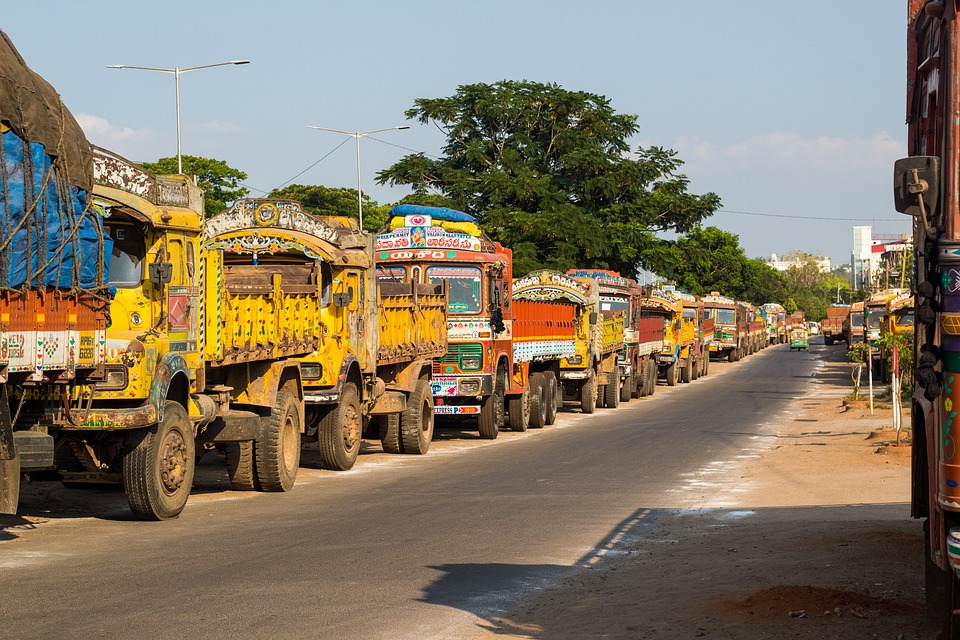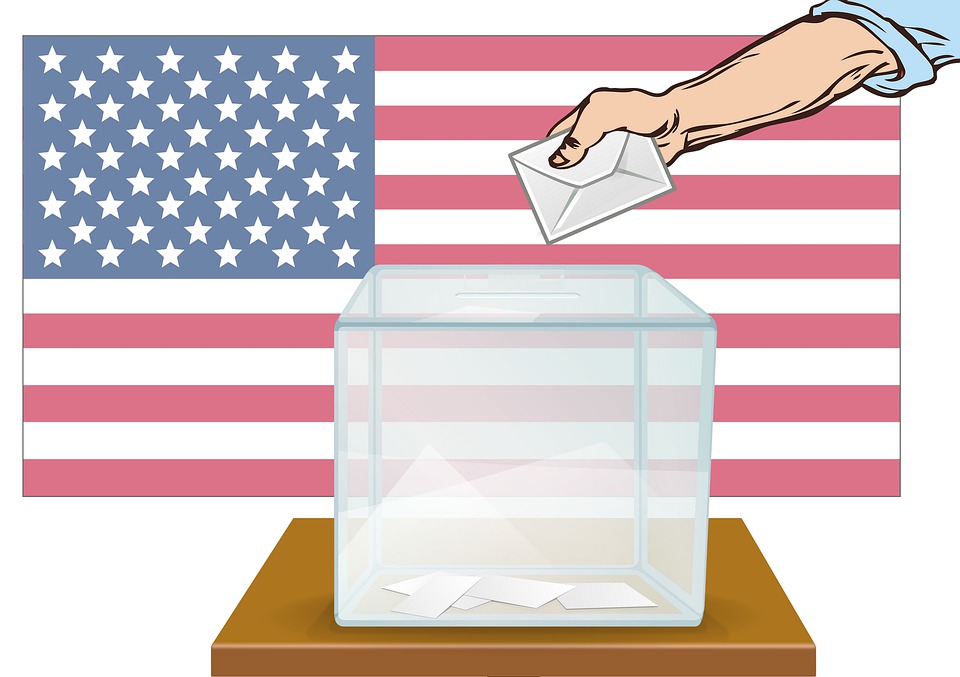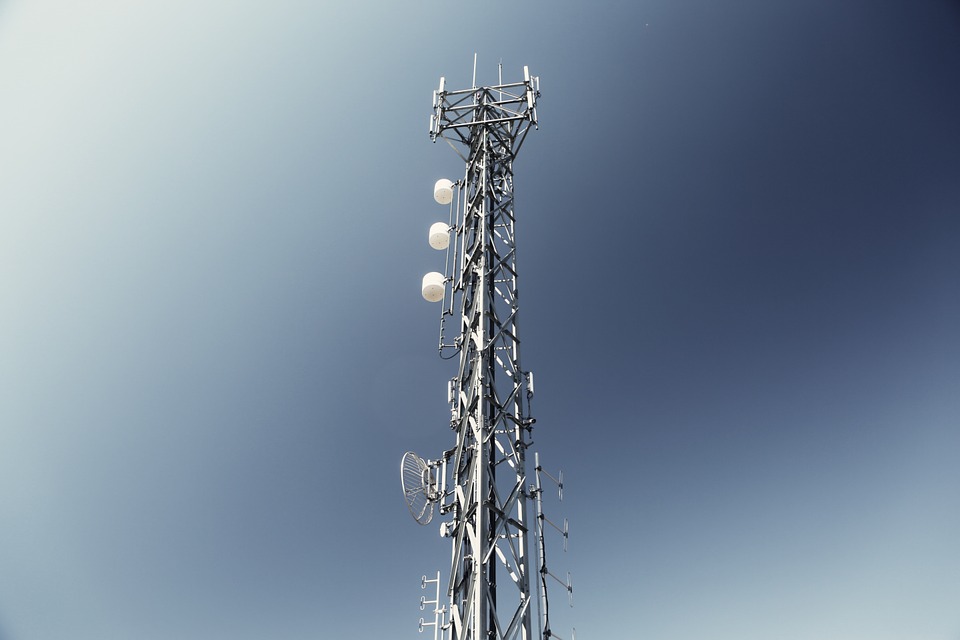Improve Your IQ, Subscribe to Suvipra’s Newsletter
Suvipra’s Newsletter
All wars come with a cost. Costs include loss of human lives, damages to physical infrastructure and avoidable outlays on a range of such goods and services as weapons and medical care. But some wars are indispensable and one of such wars was the conflict between India and Pakistan, the two neighbours that have always had a contentious relationship since the birth of the latter in the aftermath of India’s independence movement. Kargil War is sometimes referred to as a brief war or a limited conflict in the mainstream media.
So why actually did the two belligerents go into war? It won’t be an overstatement if one says that India was dragged into the fight by Pakistan. A sovereign country, India, owes responsibility to its population of safeguarding the territorial integrity and maintaining national security at all times. And hence, when Pakistani military crossed the Line of Control to claim Indian territories, India was left with no other option than to retaliate in a befitting manner.
As records have it, although they are denied by Pakistan, it wasn’t Kashmiri insurgents (as claimed by Pakistan) but the Pakistani armed forces that led an infiltration inside India. Pakistan was ill-motivated by a number of reasons and key among these were severing link between Kashmir and Ladakh(territory over which India has legitimate sovereign control) and creating a noise so that international spotlight could be shone on the long-pending Kashmir issue that has been a bone of contention between the two countries. India, on the other hand, has always maintained that Kashmir is a bilateral issue that is to be resolved without any interference by any third country.
Before moving any further, one must know that Line of Control is different from international border between India and Pakistan. Famously dubbed LoC, it is a military control line and divides the Kashmir valley into Pakistan-occupied Kashmir and India-controlled Kashmir. India, however, legitimately claims the entire Kashmir region owing to its lawful accession to the Indian state by its last ruler. An incursion by Pakistani forces in 1999 triggered the Kargil War where India codenamed its response ‘Operation Vijay’. This response saw fearless Indian soldiers battling tough terrain and regaining all territory including Tiger Hill and Point 4590 (where Indian armed forces suffered severe casualties).
The ground troops were actively backed by Indian Air Force during the meticulously-planned retaliation on infiltrating outsiders. Within a span of two months, India regained control over its territory and Pakistan was left with no other choice than to approach the United States for brokering peace between the belligerents. India’s Prime Minister Atal Bihari Vajpayee was widely praised for his handling of the war and was rewarded later by being voted in again and subsequently becoming the first non-Congress Prime Minister to serve a complete five-year term in office.
It can be concluded that Kargil War reestablished the might of Indian armed forces although the conflict was ‘Pakistan’s greatest Blunder’ as labelled by the then leading Pakistani politician, Benazir Bhutto. The Kargil War Memorial in Dras bearing names of Indian soldiers, who laid their lives in the service of the country, fittingly celebrates the bravery of armed forces.
Also read : Business Lessons That Can Be Borrowed from PM Modi
Suvipra aggregates essential blogs in one place for enhancing general awareness and intellect of the readers. Read, Lead and Succeed.
Reach a wider audience for free!
To get your blog published on Suvipra.com, click Submit Your Blog
Increase the number of clicks to your own website for free!
To submit the link to the blog on your website, click Submit Your Blog Link


























